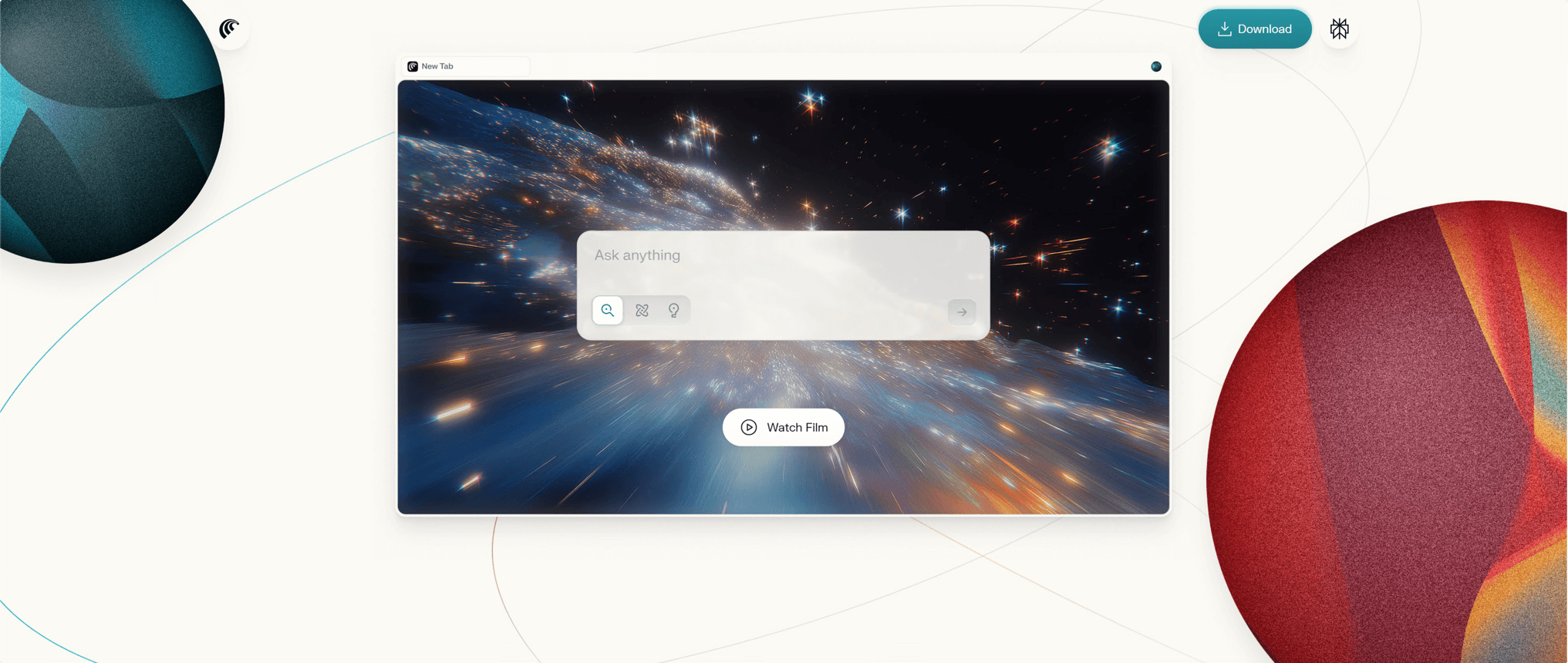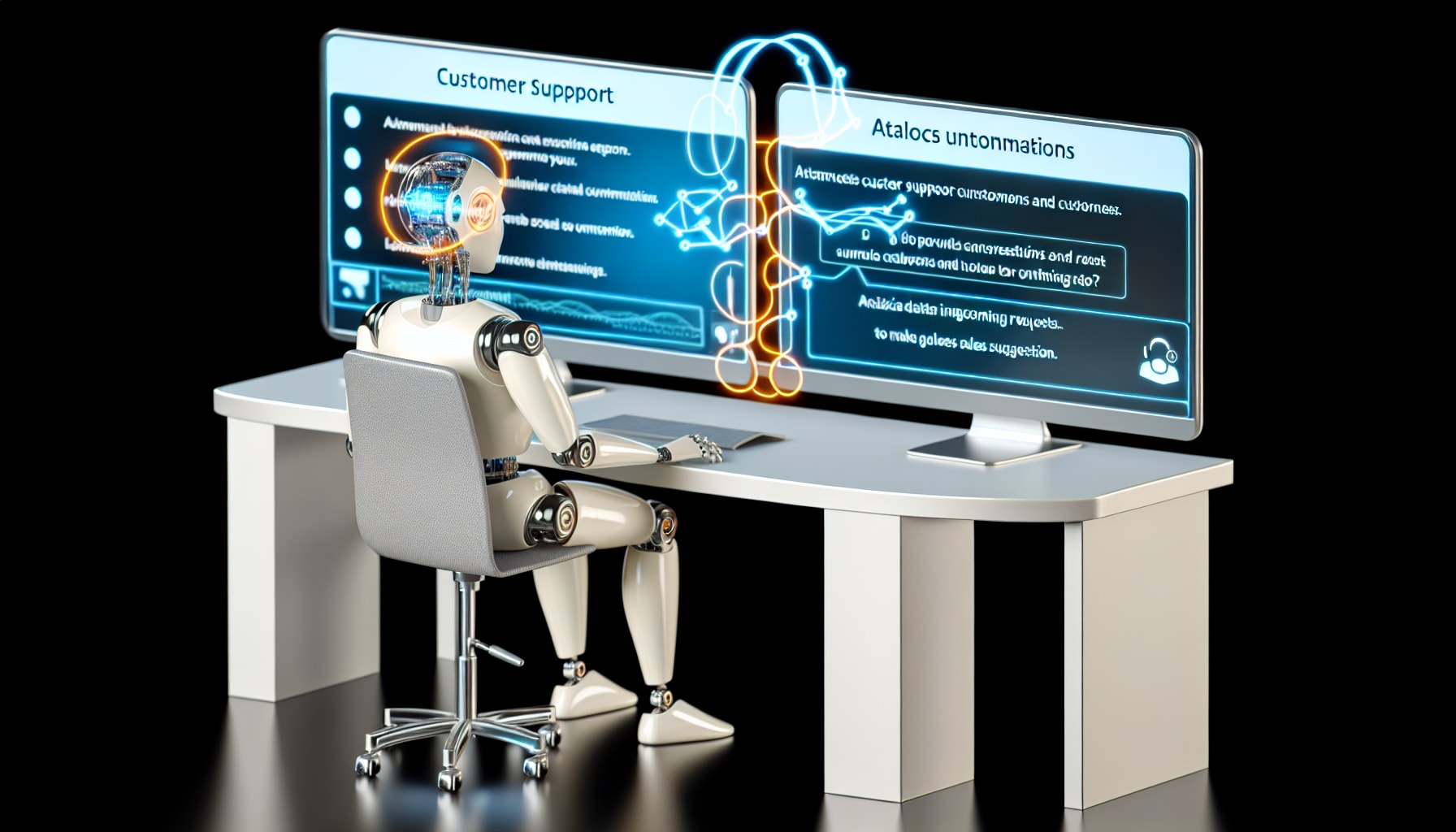Everyone talks about how short videos are the future. They drive attention, boost engagement, and seem to outperform static content on nearly every platform. For anyone trying to build an audience or a brand, the message is clear: you need to be making short-form videos. The challenge, however, isn’t just about having good ideas. I can structure ideas, communicate benefits, and build narratives all day, but when it comes time to turn that into a polished video? That’s where things get messy. The relentless demand for new, viral-worthy content has created a culture of immense pressure, leading to widespread creator burnout. It’s a paradox where the very tools designed for connection and creativity are pushing their most dedicated users to the brink.
This article explores the dual nature of short-form video—its undeniable power and its hidden perils. We will dissect the pressures creators face, from algorithmic demands to social comparison, and then shift to actionable strategies for building a sustainable and fulfilling creative practice. We’ll examine how to navigate burnout, manage mental health, and ultimately foster a healthier relationship with these powerful platforms.
The Allure of Short-Form Video and the Creator’s Dilemma
The magnetic pull of platforms like TikTok, Instagram Reels, and YouTube Shorts is undeniable. They offer a direct line to massive audiences, promising visibility and connection. Yet, this promise comes with a significant cost, trapping creators in a cycle of high-stakes performance and psychological stress.
The same algorithmic mechanics that make short-form video a powerful engagement tool also create a high-pressure environment of constant comparison and shifting expectations for creators.
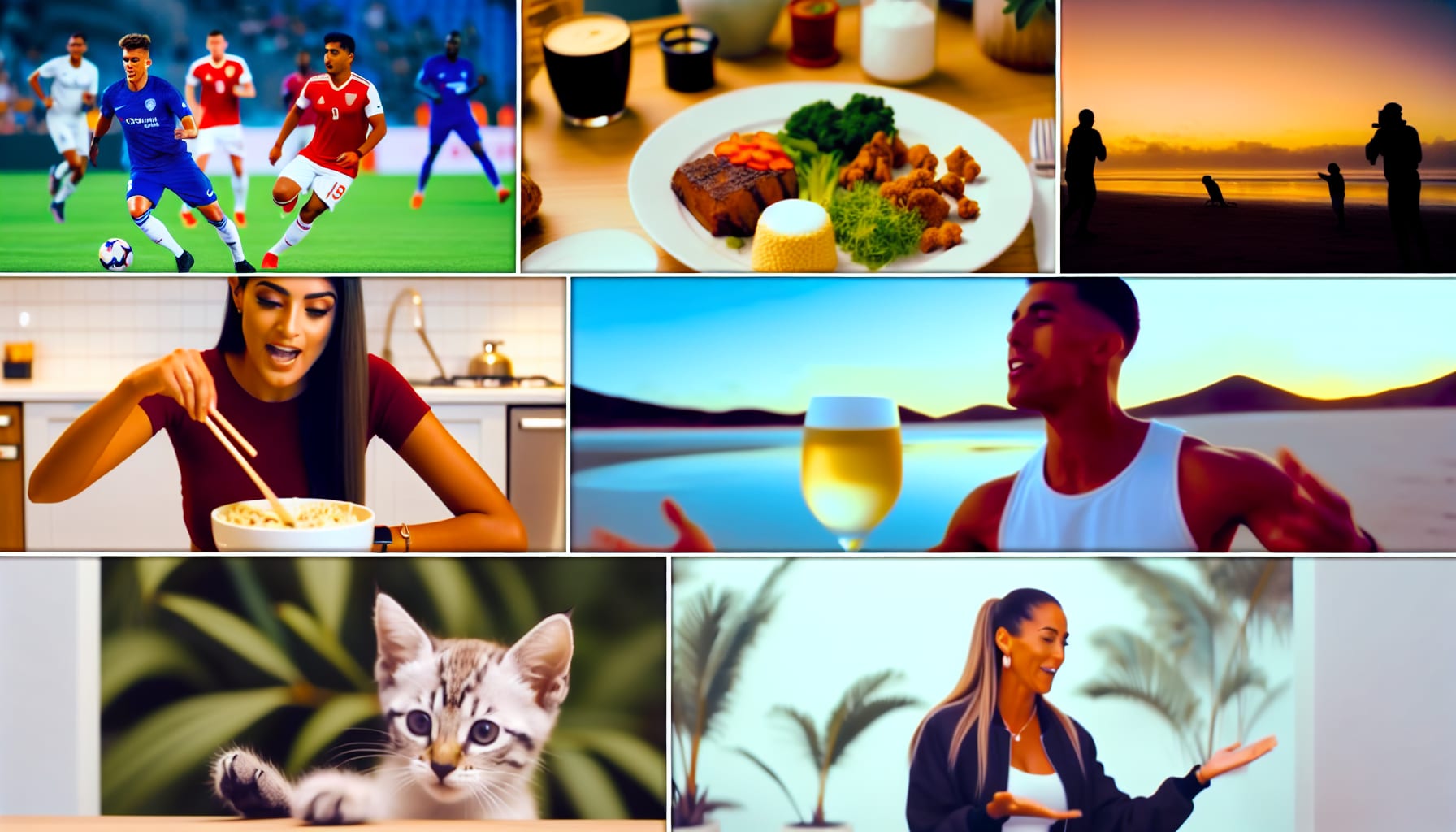
Platform Algorithms Drive Content Creation
For creators, the platform algorithm is both a kingmaker and a fickle gatekeeper. A single video can be plucked from obscurity and blasted to millions, creating a dizzying, “taste of celebrity,” as one creator described it in The New York Times. This algorithmic whiplash is jarring. One moment you’re a niche creator; the next, your phone is exploding with notifications. But this sudden rush of attention is often fleeting. As writer Simon Owens notes, platforms often shift their strategies without warning, and “suddenly the algorithms and/or curators aren’t spotlighting your content anymore, which results in a massive dropoff in views.” This volatility feels like a demotion without cause, leaving creators feeling that they’ve done something wrong when, in reality, the rules of the game simply changed.
Social Comparison and Psychological Toll
Beyond the algorithm, the content itself fosters an environment of intense social comparison. Trends like “CorporateTok” showcase hyper-productive “5 to 9” routines, where young professionals document pre-work workouts, smoothie-making, and side hustles before their nine-to-five even begins. While framed as inspirational, this content can heighten anxiety and feelings of inadequacy. Research shows this pressure is taking a toll; a Talker Research poll found that Gen Z and millennials are experiencing burnout at a much younger age than previous generations.
Angela Yuson Lee, a PhD candidate at Stanford University, compares this phenomenon to “Stanford Duck Syndrome.” She explains, “It looks like they’re just a duck gliding easily on the surface of the water, but if you look underneath, everyone’s paddling like crazy just like trying to keep up.” This illusion of effortless perfection makes it difficult for viewers—and other creators—to remember that what they see online is a curated highlight reel, not the full picture.
The Ever-Changing Creative Treadmill
This environment creates what content creator Aidan Helfant calls the “Hedonic Treadmill.” After a video with 100,000 views, one with 1,000 feels like a failure. This is hedonic adaptation, the human tendency to return to a baseline level of happiness despite major positive or negative events. For creators, this means the thrill of a viral hit quickly fades, replaced by the pressure to replicate it. You feel you must constantly “appease the algorithmic gods,” sacrificing quality or personal interest for what you think will perform well. This relentless cycle is a direct path to burnout, where the joy of creating is replaced by the anxiety of performance.
Strategies for Creators to Combat Burnout
Feeling trapped on the content treadmill is common, but it’s not inevitable. By adopting intentional strategies, creators can move from a reactive, pressure-driven process to a proactive, sustainable one. The key is to redefine what “success” looks like on your own terms.
By diversifying creative formats, implementing structured work cycles, and prioritizing mental well-being, creators can reclaim control and build a more sustainable career.

Diversify Your Creative Formats
Not every piece of content needs to be your next viral masterpiece. Video creator Kevin Parry fights burnout by categorizing his work into four distinct formats based on the time required and the target audience (e.g., quick/niche, lengthy/general). This approach allows for flexibility and creative breathing room. On a day with limited time, he can create something quick and fun that “scratches the itch to create” without the immense pressure of a major project. He notes, “Algorithms and analytics have tricked us into thinking we need to keep pace with an unsustainable output or always one-up ourselves in quality, but the creative brain doesn’t thrive under those conditions.” By having different content buckets, you can adapt to your energy levels and schedule, making creativity a consistent practice rather than a series of high-stakes sprints.
Establish a Rhythmic Work Cycle
Structure can be liberating. Aidan Helfant developed a “Craft, Collect, Reflect” (C2R) work cycle to manage his energy and avoid the three types of burnout: overexertion, depletion, and misalignment.
- Craft: Mornings are for deep, creative work like writing scripts or producing videos.
- Collect: Afternoons are for gathering inspiration—reading, listening to podcasts, and handling administrative tasks.
- Reflect: Evenings are for true rest and reflection, like journaling, reading fiction, or playing a game.
Prioritize Mental Health and Self-Management
Ultimately, sustainability comes from separating your self-worth from your analytics. This is easier said than done, but it’s crucial. Helfant suggests adopting a Stoic mindset: “Turn the pursuit of pleasure into the pleasure of pursuit.” Focus on the process of creating—what you can control—rather than the outcome. This doesn’t mean detaching completely. He recommends setting aside a specific, limited time each week (e.g., 20 minutes) to analyze metrics and extract insights, rather than constantly checking them. This intentional approach turns analytics into a useful tool instead of a source of anxiety. It helps you remember that you are more than your view count.
Negative Impacts of Short-Form Content and Enhancing Digital Literacy
The challenges of short-form video extend beyond creators to the audience. The very design that makes these platforms so engaging also carries risks for our cognitive and mental well-being. Understanding these effects is the first step toward a healthier relationship with the content we consume.
The addictive nature of short-form content can shorten attention spans and impact cognitive function, highlighting a critical need for improved digital literacy for all users.
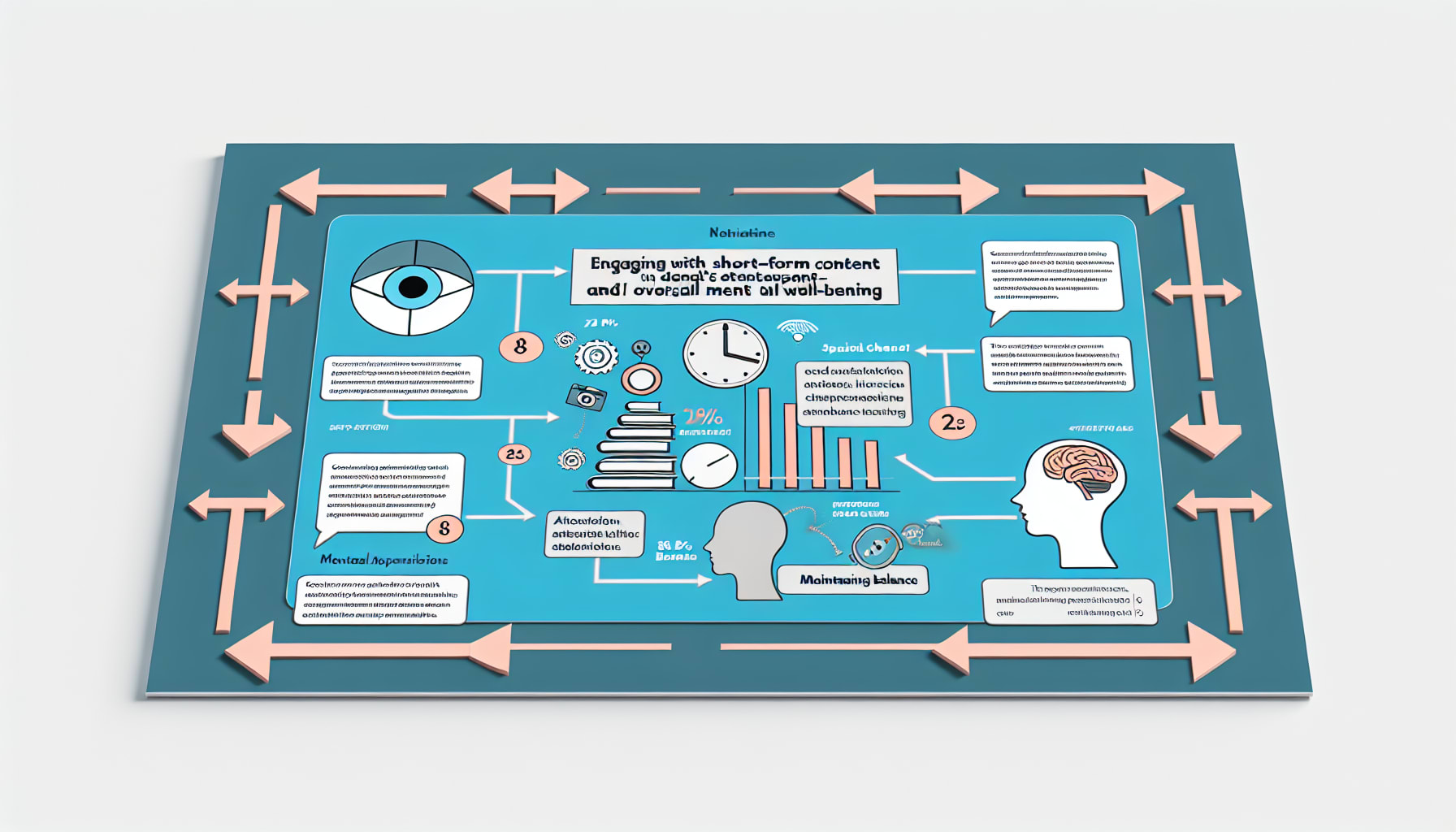
The Instant Gratification and Addiction Risk
Short-form content is engineered for instant gratification. Each short, punchy video delivers a small hit of dopamine, creating a reward loop that can be difficult to break. As one analysis points out, this “constant stimulation creates a loop of immediate reward,” which can lead to compulsive viewing habits. This isn’t a personal failing; it’s a feature of the platform’s design. The endless scroll ensures there’s always another potential reward just a swipe away, making it easy to lose track of time and consume far more than intended. This mechanism is a key reason why users report spending hours on these apps without realizing it.
Attention Fragmentation and Cognitive Effects
The rapid-fire nature of this content is also reshaping how we process information. Constantly switching between disparate, bite-sized videos can erode our ability to maintain focus on longer, more complex tasks. A 2022 McKinsey study noted the significant negative impact of social media on Gen Z’s mental health, a generation that grew up with these platforms. This cognitive shift has real-world implications, potentially affecting our capacity for deep reading, critical thinking, and sustained concentration in academic and professional settings. We are training our brains to crave novelty and stimulation, which can make deep work feel more challenging.
Fostering Digital Literacy and Mindful Consumption
Countering these effects requires a conscious effort. Digital literacy is no longer just about knowing how to use technology; it’s about understanding its psychological impact. We need to encourage conversations, especially among younger users, about the difference between curated online personas and reality. This includes recognizing that viral trends are not blueprints for a sustainable lifestyle. Adopting a mindful approach to consumption—asking “Why am I opening this app?” and “How does this content make me feel?”—can help us shift from passive scrolling to intentional engagement.
Forging a Healthy Digital Life and Creative Ecosystem
The path forward requires a collective effort from creators, consumers, and platforms. Building a sustainable ecosystem isn’t about rejecting short-form video but about integrating it into our lives in a healthier, more intentional way. The goal is to harness its power for connection and creativity without succumbing to its pitfalls.
A sustainable future for digital content relies on balancing online consumption with offline life, granting creators more freedom, and moving toward a healthier ecosystem for everyone.
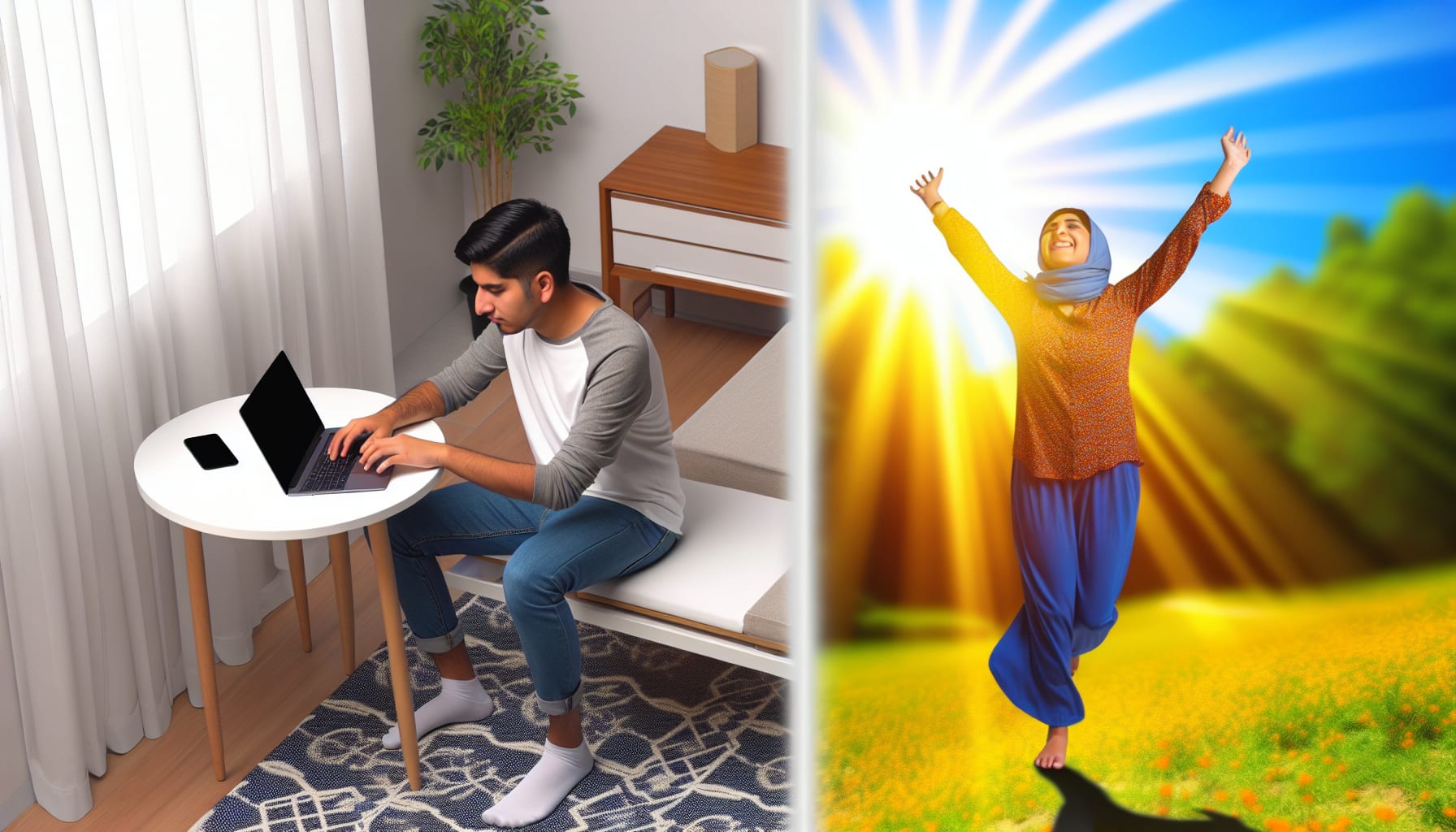
Balancing Your “Digital Diet” with Real-World Connections
Just as we need a balanced nutritional diet, we need a balanced digital diet. This means consciously diversifying the content we consume to include enriching, educational, and long-form material alongside light entertainment. More importantly, it means actively scheduling time away from screens. Investing in real-world connections, hobbies, physical exercise, and time in nature provides a necessary counterbalance to the digital overload. These activities are not just “breaks” from our digital lives; they are essential components of a full and healthy life.
Enhancing Creative Freedom and Sustainability
For creators, sustainability means reclaiming creative freedom. You don’t need another complex editing suite or a high-end video partner to feel pressure to produce Hollywood-level content every day. You just need something that works for you and your well-being. This might mean embracing simpler formats, focusing on authenticity over polish, and letting go of the need for every video to be a viral hit. By focusing on a sustainable process, creators can build a more resilient and enjoyable career, fostering a deeper connection with an audience that values their unique voice, not just their ability to follow a trend.
The Path to a Sustainable Short-Form Future
The future of the creator economy depends on moving beyond the metrics of virality and engagement. A truly sustainable ecosystem is one that values the mental health of its participants—both creators and consumers. Platforms have a role to play by designing algorithms that reward consistency and quality over sensationalism and by providing creators with more stable and predictable tools. As individuals, we can contribute by being more intentional with our consumption and by supporting creators who model healthy and authentic practices. By working toward this balance, we can ensure that short-form video remains a vibrant tool for creativity and connection for years to come.
In the end, navigating the world of short-form video is a balancing act. It offers incredible opportunities but demands a high price if we aren’t careful. By understanding the pressures, adopting smart strategies, and advocating for a healthier digital culture, we can collectively tip the scales—transforming the perils of burnout into the power of sustainable creativity.
Tools like this won’t fix everything, but they can make things easier.
Sometimes, getting unstuck is just about removing one small barrier.
If this sounds useful to you, Feel Free to Explore the Tool
Here →

